Siding Replacement 101: Signs, Process, Costs, And Hiring The Right Professionals
Explore our comprehensive guide on siding replacement. Learn to spot the signs, understand the process and costs involved, and find the right professionals.
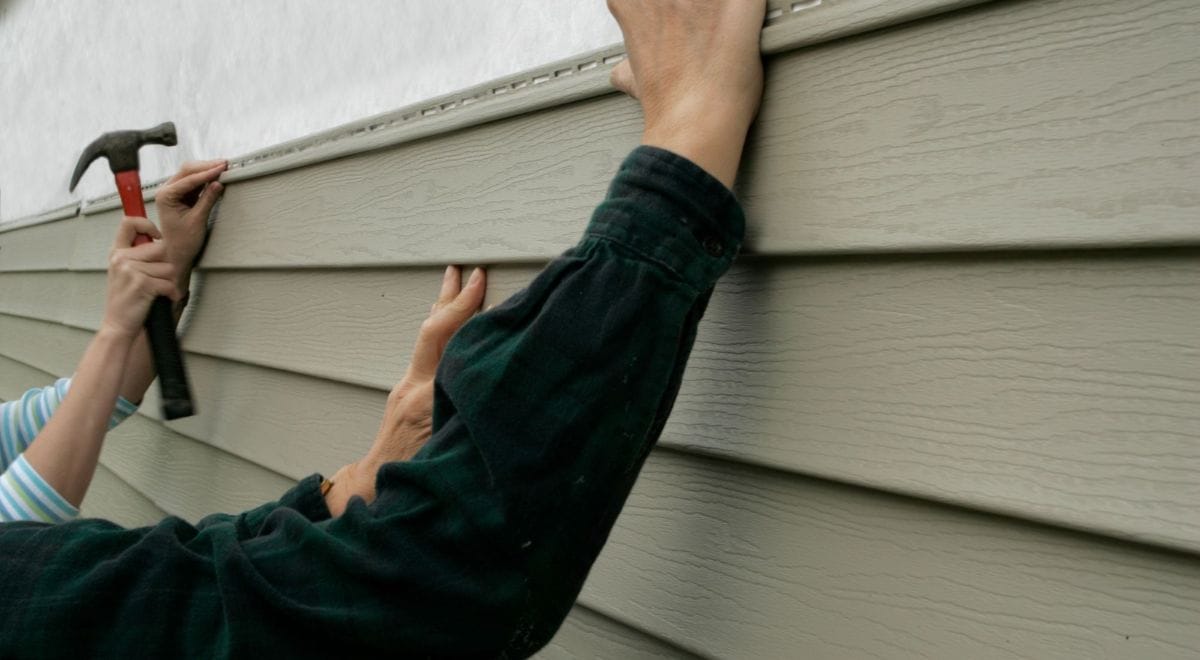
Siding or wall cladding plays a vital role in safeguarding a house from various external elements. It protects the structural integrity of the home, prevents water damage, and also contributes significantly to the overall aesthetic appeal of the property. However, like every other part of a house, it isn’t invincible. Over time, it starts to wear out, demanding either repair or replacement. Weather conditions, temperature fluctuations, physical impacts, and even the natural aging of materials can lead to the deterioration of siding. When this happens, homeowners are faced with two options: repair or replacement.
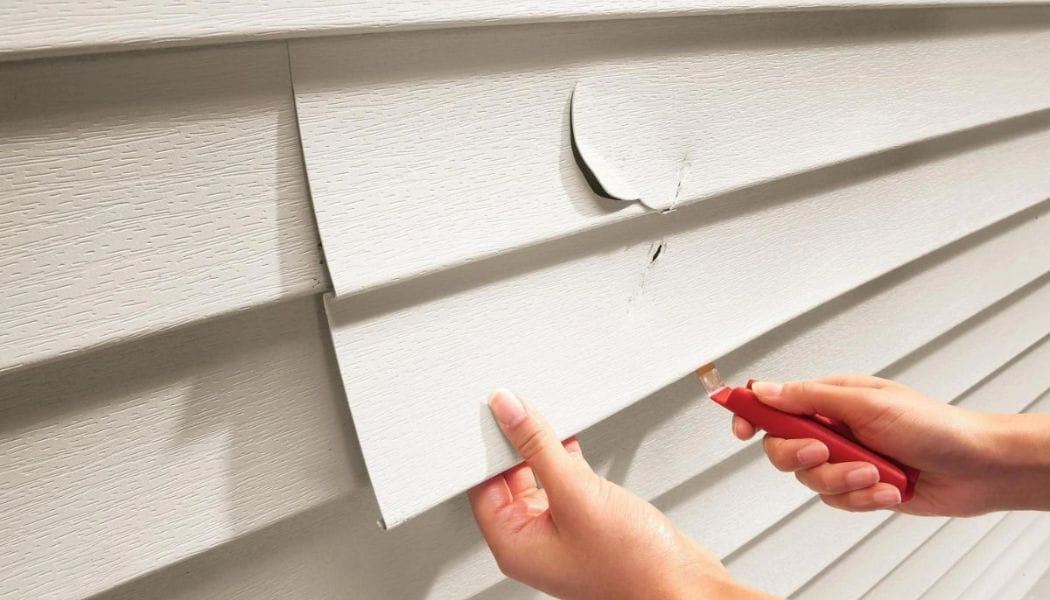
While repairs may be sufficient for minor damages, they can often serve as temporary solutions, particularly if the wall cladding exhibits significant or widespread damage. Conversely, a full replacement can offer a more permanent and beneficial solution, restoring the protective and aesthetic features of the siding while also improving the home's energy efficiency and market value.
However, the decision to replace the siding shouldn’t be made lightly. It involves several considerations, from identifying the signs that signal the need for replacement, to understanding the process and costs involved, and to hiring the right professionals to carry out the project. This comprehensive guide provides an in-depth overview of these aspects, offering homeowners valuable insights into the world of siding replacement. Let’s explore this further.
Signs That Signal The Need For Siding Replacement
Recognizing the signs that indicate a need for replacing siding is crucial to maintaining the health and aesthetics of the house. Some signs might be glaringly obvious, while others might require closer inspection. The common signs to watch out for include:
1. Physical Damages
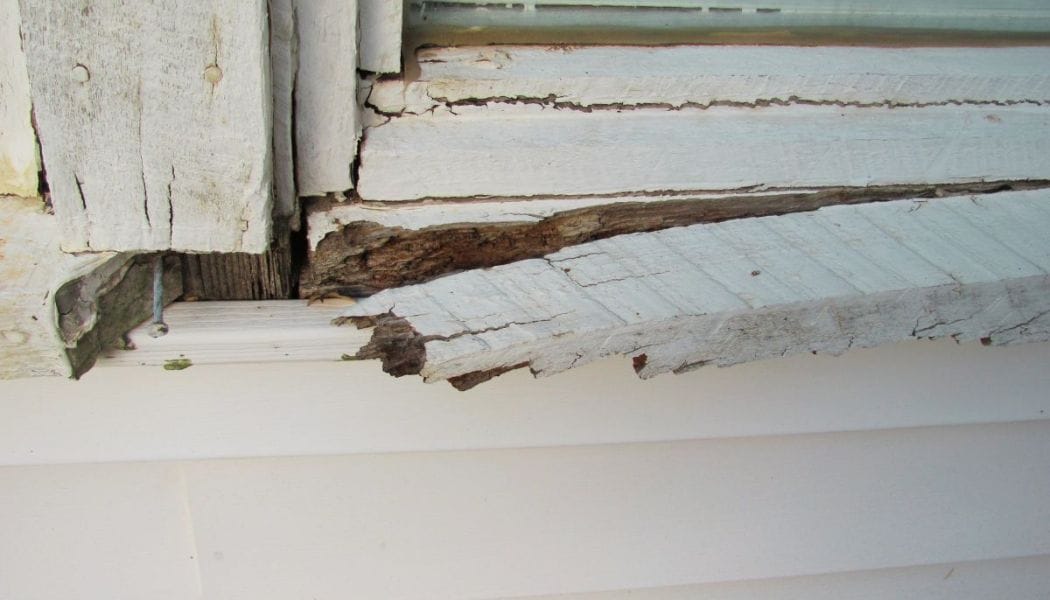
Physical damages such as cracks, holes, and warping are clear indicators of the need for wall cladding replacement. They can affect the appearance of the home and expose the interior walls to moisture, leading to issues such as mold and mildew.
2. Faded Or Peeling Paint
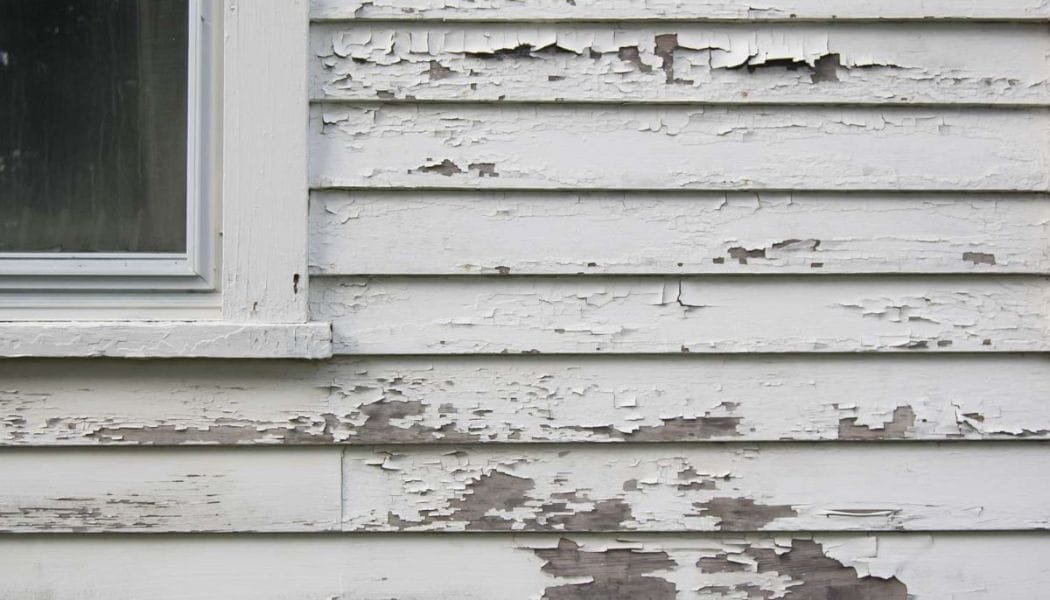
If the paint on the wall cladding is peeling or appears faded, it might be time to consider a replacement. High-quality siding should retain its color for at least 8-10 years. If it’s losing its color sooner, it might indicate a problem. In this case, a replacement will be a viable option.
When these signs arise, there are fortunately many service providers available to assist you with the project. For instance, those residing in Northern Virginia can find contractors specializing in quality installation and replacement of durable siding in Northern Virginia or within the region.
3. Higher Energy Bills
A sudden increase in energy bills might also signal a need for siding replacement. Poorly performing wall cladding can lead to increased heat transfer, making the HVAC system work harder to maintain a comfortable temperature inside the house.
4. Frequent Need For Repairs
If the siding requires frequent repairs, it might be more cost-effective to replace it completely. Frequent repairs not only add to the cost but also suggest that this protective material attached to your exterior wall might be nearing the end of its lifespan.
If you notice any of these signs, it’s a good idea to have your siding inspected by a professional. They can tell you if it needs to be replaced and recommend the best course of action.
The Siding Replacement Process
Now that you know the signs that you need to replace the siding, the next step is to familiarize yourself with the replacement process. Typically, the siding replacement involves several stages. Understanding these stages can help homeowners better plan and prepare for the project.
1. Inspection And Measurement

The first step in the siding replacement process involves a thorough inspection of the existing siding. A professional will inspect this protective material for your exterior wall for damages and measure the total area that needs to be replaced.
2. Removal Of Old Siding
Once the inspection is complete, the professionals will remove the old siding, ensuring that the underlying structure isn’t damaged during this process. After the old one is removed, the professionals will conduct a close inspection of the underlayment to assess for any hidden damage or rot.
3. Preparation Of The Surface
The surface needs to be adequately prepared before installing the new siding. This might involve repairing any damages to the underlayment, applying a weather-resistant barrier, and ensuring that the surface is clean and dry before the installation of the new siding begins.
4. Installation Of New Siding

After the surface is prepared, the new siding will be installed. The installation process might vary depending on the type of wall cladding being used. Once the new one is installed, the professionals will seal it to prevent moisture penetration.
5. Cleanup
After installing the new siding, the professionals will clean up the mess and remove the dumpster. The cost of this cleanup is usually included in the overall project cost, agreed upon before the replacement process starts.
Understanding the steps involved in a siding replacement process is crucial to ensure a favorable outcome. If this protective material for your exterior wall is installed properly, you can save yourself a lot of problems and ensure the new wall cladding will last for many years.
The Cost Of Siding Replacement
If you've decided to replace your home’s siding, it’s important to know and understand the replacement costs. Doing so will help you set a realistic budget for your project, ensuring you have sufficient funds to complete the task without overspending.
Typically, the cost of siding replacement can vary widely based on several factors. These include:
- Type of materials used: Different siding materials have different costs. For example, vinyl siding is generally the least expensive option, while materials like wood and fiber cement are on the higher end of the price spectrum. You should choose a material that fits your budget and aligns with the aesthetics and architectural style of your house.
- Size of your home: The size of your home is another significant factor that can affect the cost of replacement. A larger home will require more materials and labor, increasing the overall cost of the project.
- Complexity of your home's design: The complexity of your home's design can also impact the cost of replacing the siding. If your home has unique features such as gables, dormers, or multiple stories, it will require more time and effort to install this protective material properly, which increases the overall expenses.
- The condition of your home's exterior: The condition of your home's exterior can also impact the cost of siding replacement. If your home has significant damage or wear and tear, it may require additional repairs or preparation before the new one can be installed. This can make the replacement process more expensive.
- The location of your home: Your home's location can also influence the cost of your siding job due to different labor expenses across the country and the cost of shipping materials. It’s also important to note that professionals who specialize in replacement may charge more for their expertise, making it a costly project.
- Additional requirements: Other requirements such as waste disposal and permits can add to the total cost of getting new wall cladding.
Indeed, there are many factors to consider when calculating the total costs of siding replacement. The actual expenses may be higher or lower, depending on your project’s unique circumstances. For this reason, it’s important to compare the quotes from several contractors to help you make an informed decision.
Hiring the Right Professionals
Dealing with a siding replacement process can be challenging and complicated. As such, working with professionals would be necessary to get the job done more efficiently and safely. However, with many contractors available in the market, finding the right people to ensure a successful project can be tricky.
When hiring professionals for replacing siding, below are the factors to consider:
1. Experience
When it comes to siding replacement, experience matters. Professionals with years of experience in the installation and replacement of wall cladding will have the necessary skills and knowledge to handle any challenges that might arise during the project.
2. Licenses And Insurance
In addition to experience, it’s also essential to choose professionals who are licensed and insured. A license ensures that they have the necessary training and experience to do the job properly. It also means that the professionals have been vetted by the state or local government, which can give you peace of mind. Moreover, insurance helps protect you in case something goes wrong during the project, covering the costs if any of the professionals are injured on your property or cause damage.
With all that said, working with licensed and insured contractors can provide assurance of their credibility and protect you from any liabilities that might arise during the project.
3. References And Reviews
It’s also essential to check for references and reviews before hiring professionals for a siding replacement. This can provide insights into their work ethic, quality of work, and reliability. To get started, ask your prospects for references so you can get an idea of their work quality and customer service.
Moreover, there are many websites where you can read reviews of businesses. Be sure to check out reviews from various sources to get a well-rounded opinion. Lastly, ask your family, friends, and neighbors for recommendations. Word-of-mouth can be a great way to find reliable professionals for a siding replacement project.
4. Written Estimates
Always get written estimates from professionals. The estimate should include the cost of materials, labor, and any additional expenses, providing a clear understanding of the financial commitment involved. For instance, it can help you create a budget for the project and ensure you have enough money saved up. It can also give you a better understanding of the project, including the scope of work, the timeline, and the materials that will be used.
Conclusion
Replacing siding is a significant investment, but one that greatly enhances your property's longevity, functionality, and aesthetic appeal. Armed with this comprehensive guide, you are now better prepared to recognize when replacement is necessary, understand the process and costs involved, and hire the right professionals for the job. So, when the time comes, you can ensure a successful project that delivers enduring value to your home.

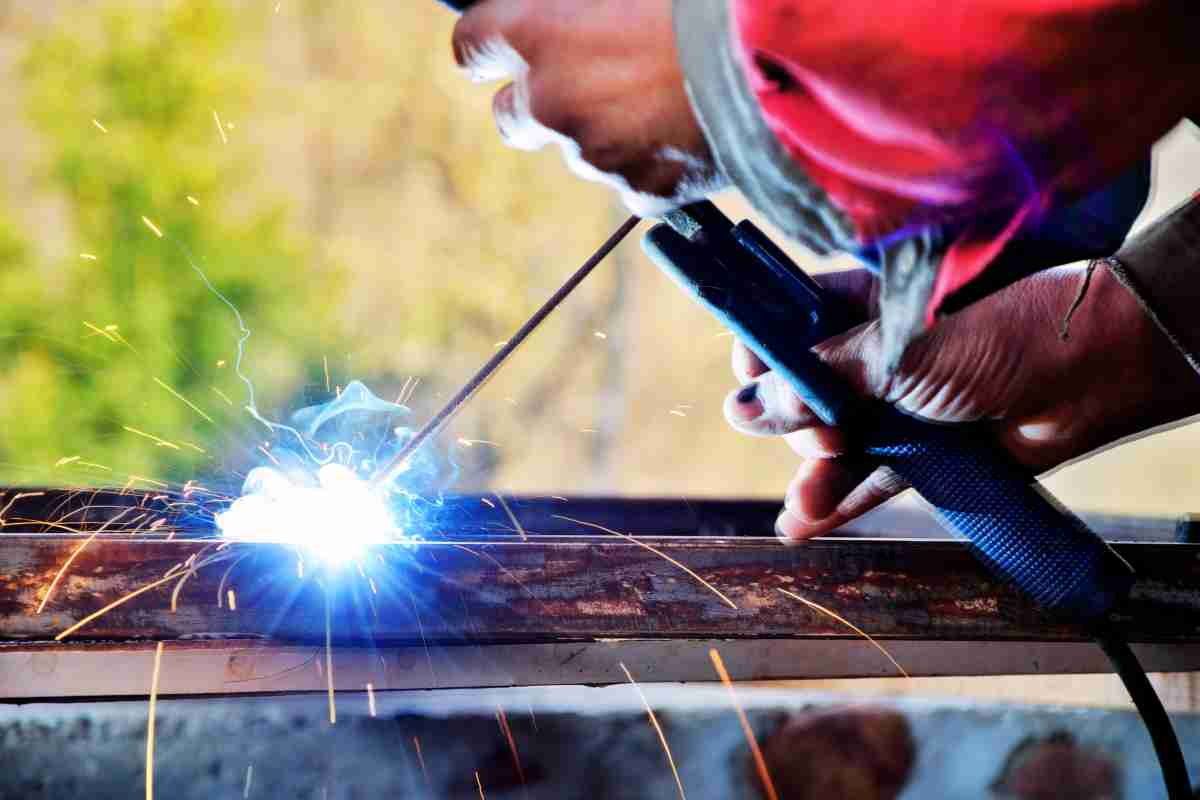
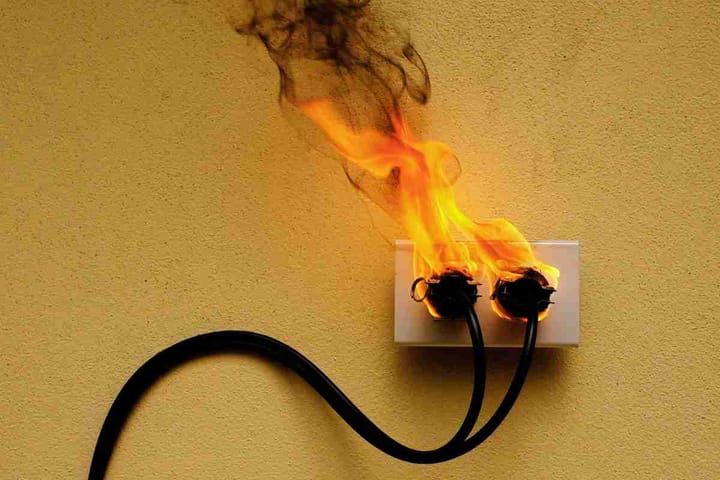
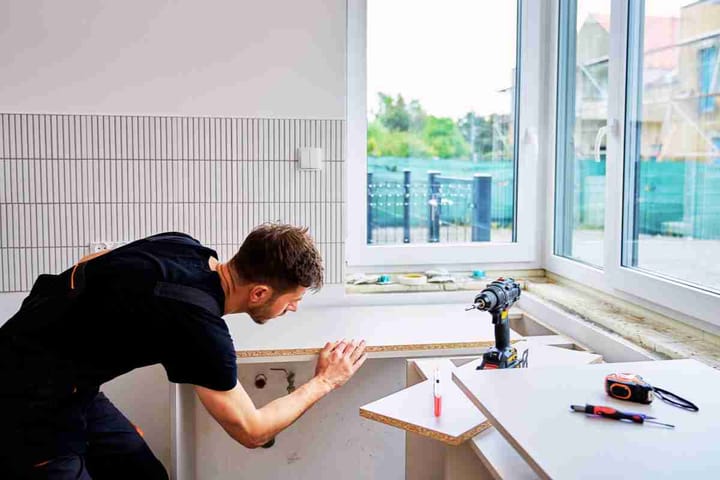
Comments ()